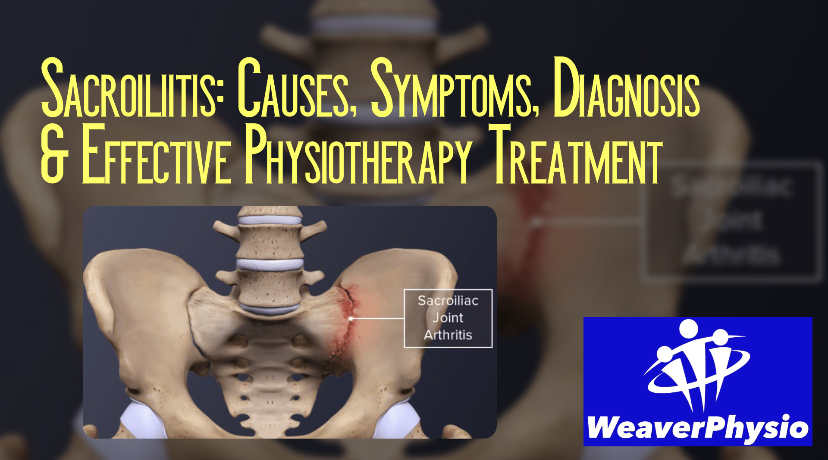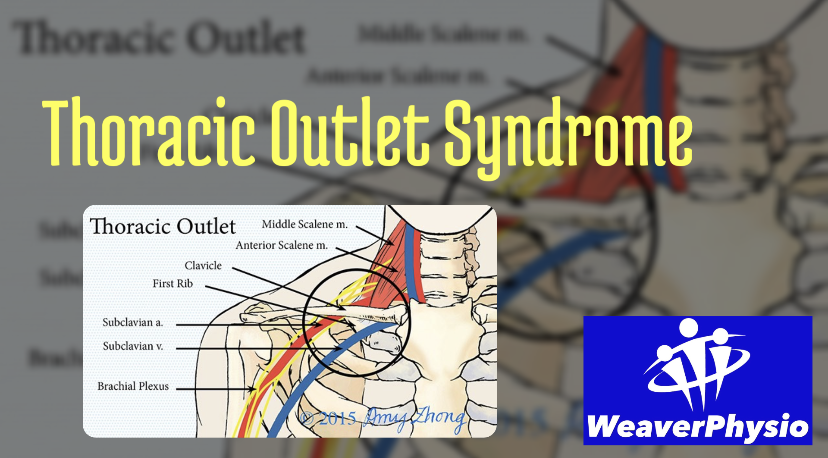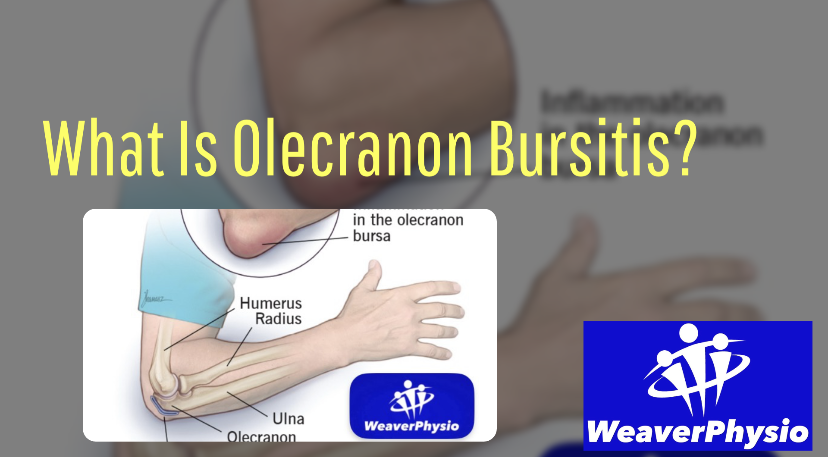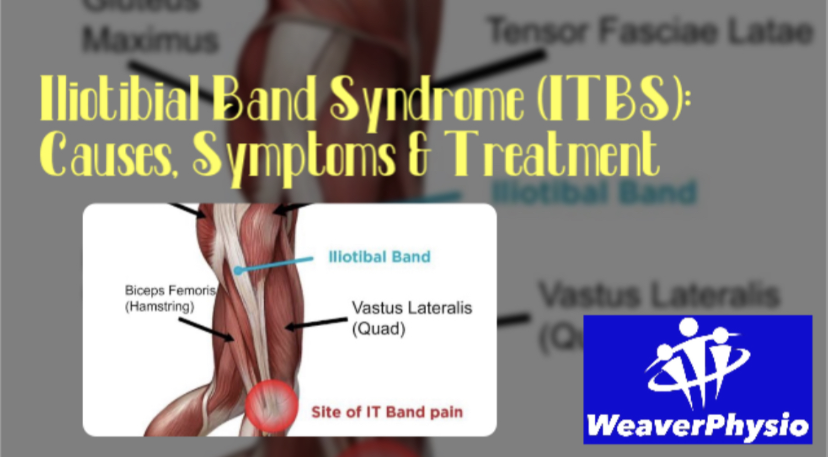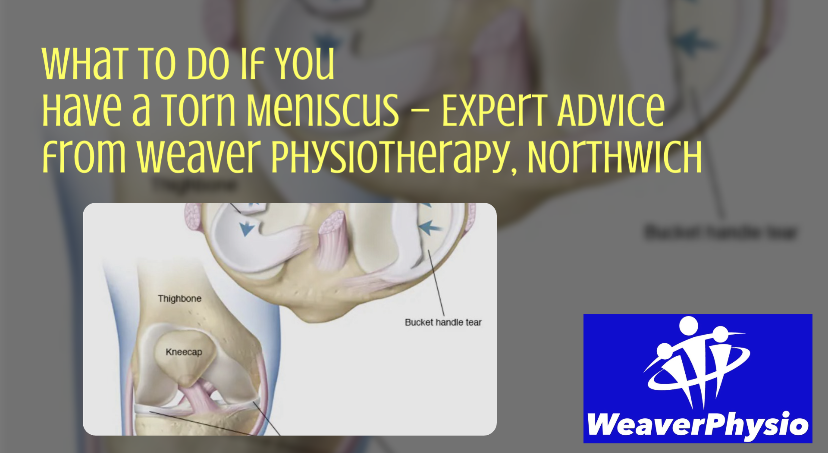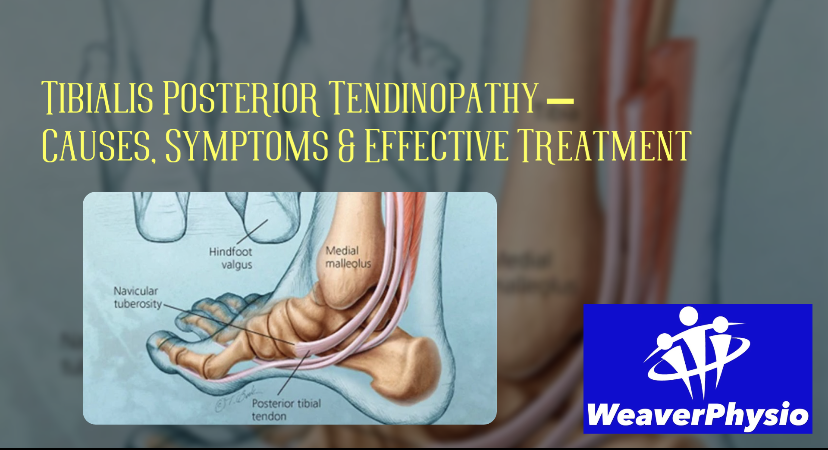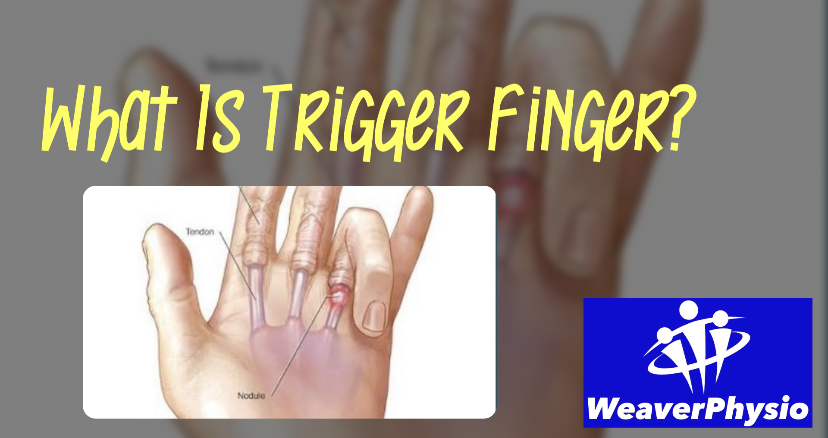Ankle Sprains
Causes, Symptoms & Expert Treatment at Weaver Physio in Northwich
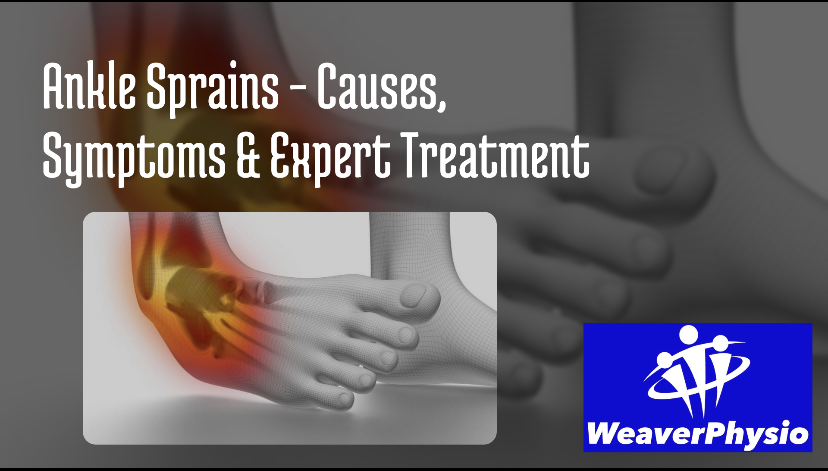
Ankle sprains are one of the most common sports and everyday injuries, affecting athletes, gym-goers, runners, and even people simply walking on uneven ground. Whether you’ve rolled your ankle while playing football, running, or just stepping off a curb, the pain and swelling can be frustrating and sometimes debilitating.
At Weaver Physiotherapy & Sports Injury Clinic in Northwich, Cheshire, we specialise in diagnosing, treating, and rehabilitating ankle sprains so you can recover quickly, avoid long-term complications, and get back to doing the things you love — pain-free and stronger than before.
What Is an Ankle Sprain?
An ankle sprain occurs when the ligaments — the strong tissues that connect bones together — are stretched or torn due to excessive force or twisting. This often happens when the ankle rolls inward (inversion sprain) or, less commonly, outward (eversion sprain).
There are three main grades of ankle sprains:
• Grade 1 (Mild): Slight stretching or small tears in the ligaments with mild swelling and discomfort.
• Grade 2 (Moderate): Partial tearing of the ligament causing more swelling, bruising, and difficulty putting weight on the foot.
• Grade 3 (Severe): A complete ligament tear resulting in significant pain, swelling, instability, and often requiring longer rehabilitation.
Common Causes of Ankle Sprains
Ankle sprains can happen to anyone, but some situations increase the risk:
• 🏃 Sports & Running: Football, rugby, netball, basketball, and trail running put heavy demands on the ankles.
• 🚶 Uneven Surfaces: Walking or running on grass, trails, or uneven pavements can easily cause a misstep.
• 🏋️ Poor Footwear: Worn-out shoes or inappropriate trainers increase instability.
• 🧩 Previous Injuries: Once you’ve had one ankle sprain, the chance of re-injury is significantly higher.
• 🦶 Weak Muscles or Poor Balance: Insufficient ankle stability and reduced proprioception make the joint more vulnerable.
Symptoms of an Ankle Sprain
Ankle sprain symptoms vary depending on severity, but common signs include:
• Sudden pain at the time of injury
• Swelling around the ankle
• Bruising and discolouration
• Tenderness when touching the injured area
• Difficulty walking or putting weight on the foot
• A feeling of instability in the ankle
If you’re unsure whether it’s a sprain or something more serious like a fracture, it’s always safest to book an assessment with Weaver Physio for an accurate diagnosis.
How Weaver Physio Treats Ankle Sprains
At Weaver Physiotherapy & Sports Injury Clinic in Northwich, we combine evidence-based physiotherapy with advanced rehabilitation techniques to ensure a safe, effective recovery. Our treatment typically involves:
1. Detailed Assessment & Diagnosis
We’ll start with a comprehensive examination of your ankle to determine the grade of the sprain and identify any underlying issues, such as reduced strength, mobility, or balance.
2. Pain & Swelling Management
In the early stages, we focus on reducing inflammation using:
• Ice therapy
• Compression
• Gentle manual therapy
• Specialist taping techniques
3. Hands-On Physiotherapy
Our Chartered Physiotherapists use a range of manual techniques to improve mobility, reduce stiffness, and stimulate healing.
4. Personalised Exercise Rehabilitation
You’ll receive a tailored rehab plan to restore strength, stability, and balance. These exercises are designed to prevent future ankle injuries and improve long-term performance.
5. Advanced Recovery Techniques
For stubborn or recurring sprains, we can integrate additional treatments such as:
• Shockwave Therapy — accelerates soft tissue repair
• Sports Massage — reduces tightness and improves circulation
• Video Gait Analysis — identifies running style issues contributing to ankle instability
How Long Does Recovery Take?
Recovery times vary depending on the severity of the sprain and how quickly treatment begins:
• Mild sprain: 1 to 3 weeks
• Moderate sprain: 3 to 6 weeks
• Severe sprain: 6 to 12+ weeks
Getting the right physiotherapy early dramatically reduces recovery time and lowers the risk of long-term complications such as chronic ankle instability.
Preventing Future Ankle Sprains
At Weaver Physio, we don’t just treat injuries — we help prevent them. Our prevention strategies include:
• Strengthening exercises for ankle, calf, and foot muscles
• Balance & proprioception training to improve stability
• Video gait analysis to identify running style inefficiencies
• Footwear advice to ensure proper support
• Sports-specific conditioning to reduce re-injury risk
By focusing on prevention, we help you stay active, perform better, and avoid setbacks.
Why Choose Weaver Physio for Ankle Sprain Treatment?
At Weaver Physiotherapy & Sports Injury Clinic, we’re more than just a physio clinic — we’re Cheshire’s Sports Injury Specialists. Here’s why local athletes, runners, and active individuals choose us:
✅ 70+ years of combined clinical experience
✅ Specialist care from Chartered Physiotherapists
✅ Evidence-based treatment plans tailored to you
✅ Advanced services like shockwave therapy & video gait analysis
✅ Convenient Northwich location with flexible appointments
Book Your Ankle Sprain Assessment Today
Don’t let an ankle sprain slow you down. At Weaver Physio, we’ll help you recover faster, safer, and stronger — so you can get back to doing what you love without pain.
📍 Weaver Physiotherapy & Sports Injury Clinic
Northwich, Cheshire
📞 Call us on 01606 227 484




